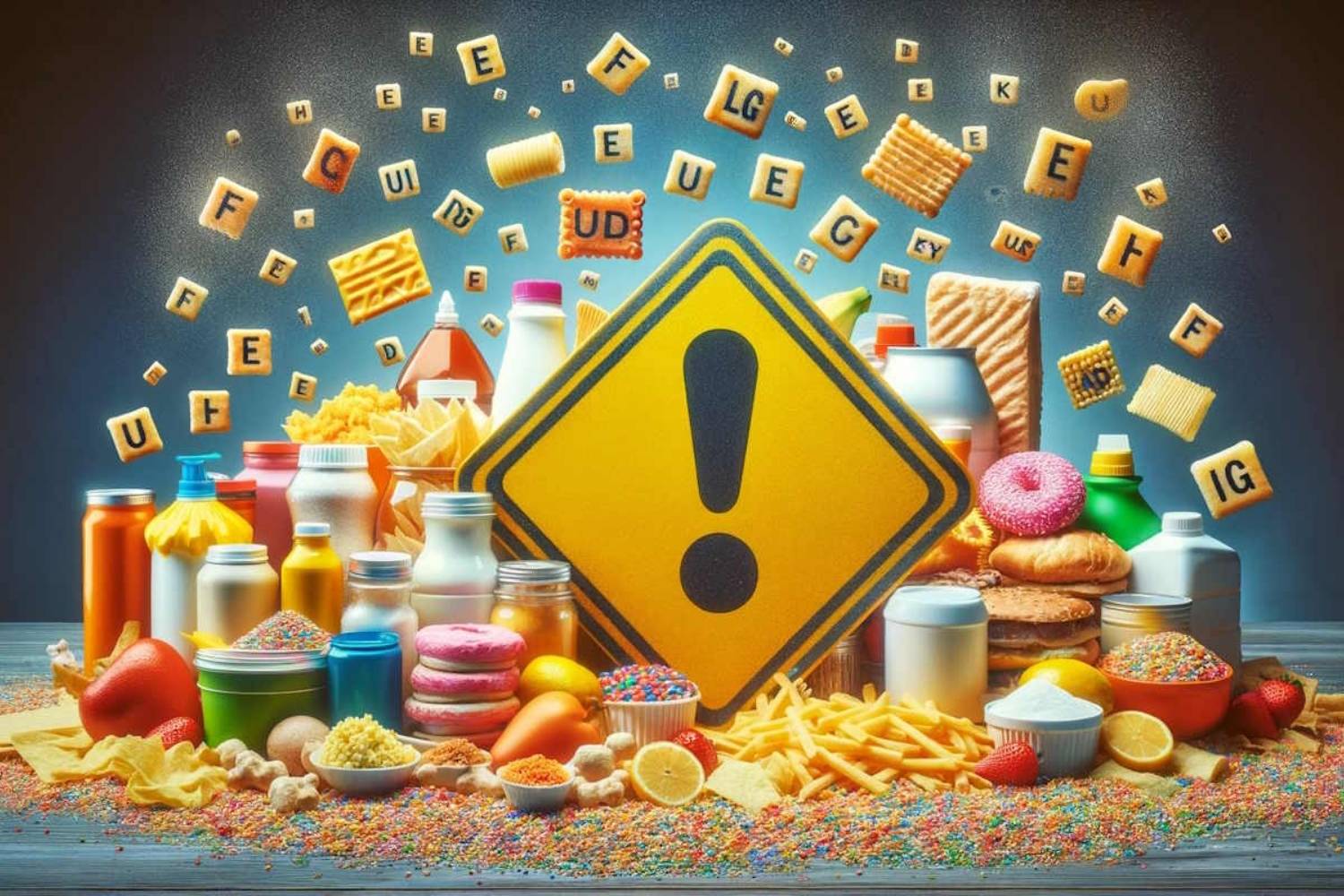Europe bans food additives unless proven safe, while the U.S. allows them until proven harmful. Potassium bromate, ADA, and MOAH/MOSH highlight the gap.

Food additives are chemical substances added to products for a range of reasons: to enhance flavor, brighten color, improve texture, preserve freshness, or simply make foods look more appealing on the shelf. You’ll mostly encounter them in processed staples such as packaged bread, snacks, sodas, candies, and baked goods.
Not all additives carry the same risk. Many have undergone decades of testing before being considered safe. Others, however, raise red flags due to potential carcinogenic, allergenic, or respiratory effects, which is why both the European Union and national governments tightly regulate what can be used, in what amounts, and in which foods.
The debate becomes especially vivid when looking at a handful of substances banned in Europe but still legal in the United States. Add in one chemical contaminant that slips into food unintentionally, and you start to see the stark divide between the European precautionary model and the more permissive American standard. In Europe and the UK, an additive is authorized only when its safety is clearly demonstrated. In the U.S., the opposite applies: a substance stays on the market until someone proves it causes harm.
That distinction explains why certain additives, long blacklisted across the Atlantic, still appear on American supermarket shelves. The best-known examples include potassium bromate, azodicarbonamide, and mineral oil hydrocarbons (known as MOAH and MOSH).
Potassium bromate
In commercial baking, potassium bromate helps dough rise higher and appear whiter—qualities prized in industrial bread-making. But Europe and the UK banned it years ago after studies linked the additive to cancer risks.
The United States has taken a different approach. The Food and Drug Administration (FDA) still permits its use within set limits, though many companies have quietly phased it out. California recently broke ranks, passing a law that will ban potassium bromate beginning in 2027. Until then, it remains legal in the rest of the country.
Azodicarbonamide
Azodicarbonamide—sometimes shortened to ADA—serves as both a flour-bleaching agent and a texture enhancer in mass-produced bread. European and British regulators banned it outright after research showed that cooking with ADA can generate chemical byproducts with carcinogenic potential. Workers in food manufacturing also face risks, since inhaling the powder can trigger asthma and respiratory irritation.
In the U.S., ADA remains legal, though with some restrictions. Public pressure has occasionally forced change. Back in 2014, after consumer backlash, the sandwich chain Subway announced it would stop using azodicarbonamide altogether. As one activist put it at the time, “No one wants to eat something that doubles as a chemical used in yoga mats.”
Mineral oil hydrocarbons (MOAH and MOSH)
Mineral oil hydrocarbons, or MOAH and MOSH, don’t get added intentionally. They seep into food from packaging, lubricants in factory machinery, or other industrial processes. But that doesn’t make them any less worrisome.
In Europe, MOAH—short for mineral oil aromatic hydrocarbons—are classified as potentially genotoxic and carcinogenic. Since 2022, the EU’s PAFF Committee has set maximum quantification limits, ranging from 0.23 to 0.91 ounces per 220 pounds of food (0.5 to 2 mg/kg) depending on fat content. These numbers aren’t legally binding, but when inspectors confirm the presence of MOAH, products are automatically withdrawn under EU food safety law.
MOSH, or mineral oil saturated hydrocarbons, are trickier. Their long-term health effects are still under review, so no hard limits exist yet.
By contrast, the U.S. has no official guidelines or thresholds for MOAH or MOSH. That means American consumers may be exposed to these compounds without any regulatory checks, while Europeans—despite an imperfect system—benefit from stricter precautionary measures.
